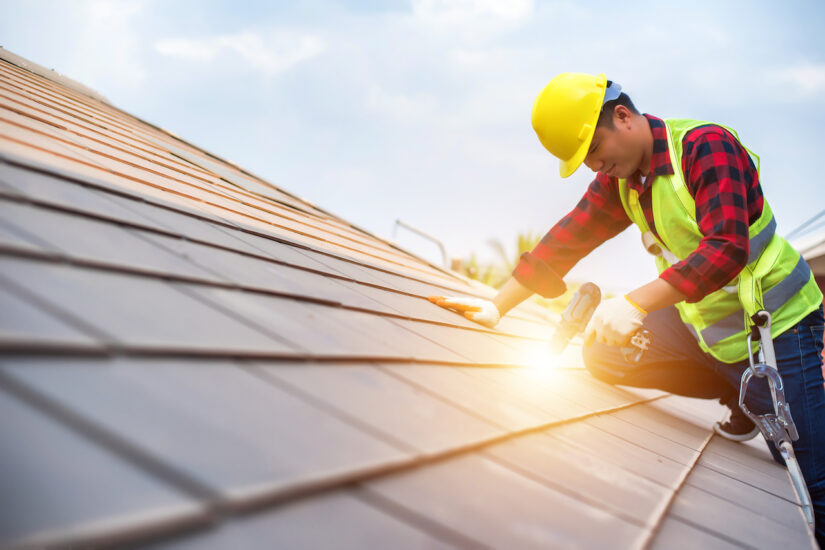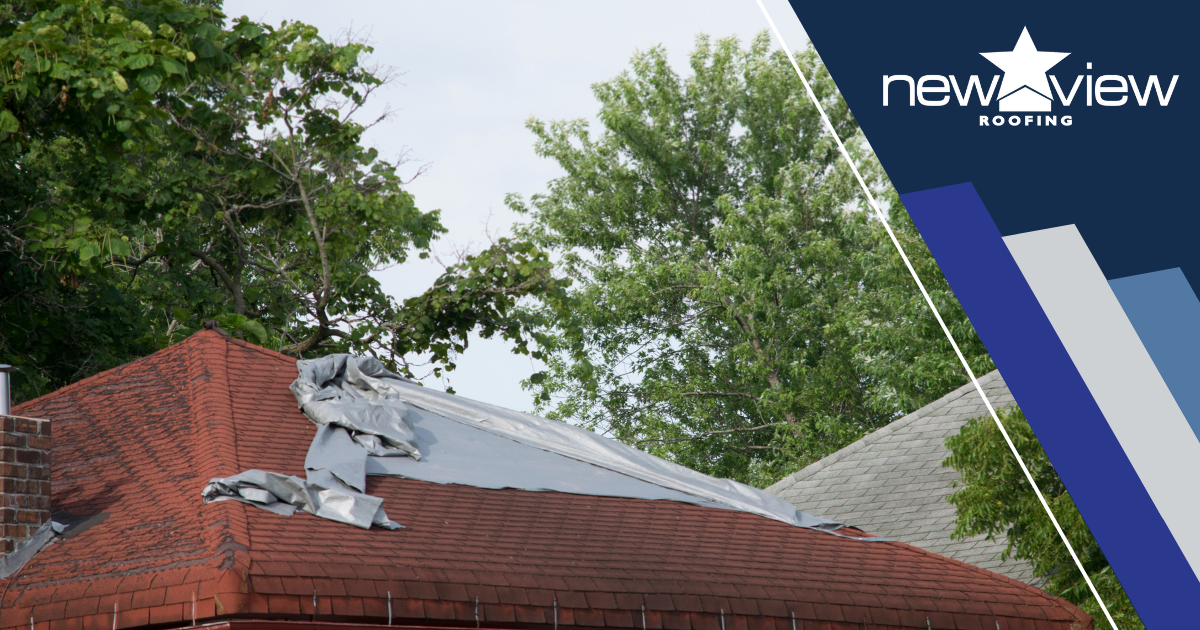Understanding the Various Types of Roofs: A Comprehensive Guide for Homeowners
With a selection of options-- varying from the traditional gable to the contemporary level-- each type presents unique benefits and difficulties that must line up with the homeowner's certain demands and environmental factors to consider. As we explore the intricacies of different roofing types, it becomes noticeable that one size does not fit all; the ideal choice may amaze you.
Gable Roofs
Saddleback roofs, characterized by their triangular shape, are amongst the most popular roof covering styles because of their simplicity and effectiveness in shedding water and snow. This layout features two sloping sides that fulfill at a ridge, enabling effective drain and decreasing the threat of water build-up. The high pitch typically connected with gable roofs enhances their capacity to deal with heavy rainfall, making them ideal for various environments.
In addition to their functional advantages, saddleback roofs use aesthetic adaptability. They can be adjusted to various building styles, from traditional to modern-day homes. The design can also accommodate extra features such as dormer home windows, which boost natural light and air flow in the attic room room.
Moreover, gable roofings offer adequate space for insulation, adding to power performance. Home owners can select from a range of roof materials, consisting of asphalt roof shingles, metal, and ceramic tiles, better improving modification alternatives.
Regardless of their advantages, saddleback roofs may require additional assistance in locations susceptible to high winds or hefty snowfall. Overall, the saddleback roof stays a favored choice as a result of its blend of functionality, durability, and visual allure.
Apartment Roofs
Flat roofings are often identified for their minimalist design and sensible applications, specifically in industrial and commercial setups (oahu roofing). These roofs include a almost horizontal or horizontal surface area, which permits for simple building and construction and functional space utilization. While they may lack the visual charm of pitched roofing systems, level roof coverings supply numerous benefits, especially in urban settings where making best use of space is crucial
Among the main advantages of flat roof coverings is their availability. Property owners can utilize the roof space for various objectives, such as roof gardens, terraces, or photovoltaic panel setups. Additionally, level roofing systems are commonly a lot more economical to set up and preserve compared to their sloped equivalents, as they need less products and labor.
Nonetheless, flat roofings do present certain difficulties. Proper drainage is essential to prevent water pooling, which can bring about leaks and architectural damages. Hence, choosing high-grade waterproofing materials and normal assessments are important for making sure longevity. Typical materials used for flat roofings consist of built-up roof covering (BUR), changed asphalt, and single-ply membrane layers, each offering unique benefits. Generally, flat roofing systems act as a adaptable and practical option for many homeowners and companies alike.
Hip Roofs
Hip roofing systems are defined by their sloped sides that merge on top, creating a ridge. This design is distinctive from saddleback roofs, as all 4 sides of a hip roof slope downwards toward the wall surfaces, providing a much more secure structure. The angle of the slopes can vary, enabling flexibility in building appearances and performance.
One of the main advantages of hip roof coverings is their capability to hold up against hefty winds and negative weather. The sloped surfaces allow far better water drain, minimizing the risk of leaks and water damages. In addition, hip roofing systems offer increased attic area, which can be made use of for storage or perhaps transformed into comfortable locations.
Nevertheless, constructing a hip roofing system can be more expensive and intricate than simpler roofing kinds, such as gable roofing systems. The additional material and labor entailed in creating the slopes and guaranteeing appropriate architectural honesty can result in higher expenses. Regardless of these drawbacks, lots of home owners prefer hip roofing systems for their longevity, aesthetic charm, and possibility for energy efficiency.
Mansard Roof Coverings
Mansard roofings, often identified by their unique four-sided layout, feature two slopes on each side, with the lower slope being steeper than the upper. This building design, stemming from France in the 17th century, is not only aesthetically appealing yet useful, as it maximizes the usable area in the top floorings of a building. The high reduced slope enables even more clearance, making it a perfect choice for lofts or attics, which can be transformed into living rooms.
Mansard roofings are characterized by their adaptability, accommodating various building designs, from conventional to contemporary. They can important site be constructed with various materials, including asphalt roof shingles, slate, or steel, offering homeowners with a variety of choices to suit their preferences and budgets. Furthermore, the design enables the assimilation of dormer home windows, boosting all-natural light and ventilation in the upper degrees.
Nonetheless, it is important to consider the possible drawbacks. Mansard roofings may need even more upkeep because of the complexity of their layout, and their high inclines can be testing for snow why not look here and rainfall drainage. On the whole, mansard roofs combine elegance with functionality, making them a preferred option amongst house owners looking for distinctive building features.
Shed Roofs
As home owners increasingly look for simplicity and performance in their building designs, lost roofs have emerged as a prominent choice. Characterized by a solitary sloping aircraft, a shed roofing system provides a minimal aesthetic that complements various home designs, from modern to rustic.
One of the key benefits of a shed roof covering is its straightforward building and construction, which usually converts to lower labor and product costs. This style enables reliable water drain, lowering the threat of leaks and water damage. In addition, the upright slope offers adequate space for skylights, enhancing natural light within the inside.
Lost roofing systems also offer flexibility in regards to usage. They can be effectively incorporated right into additions, garages, or exterior frameworks like structures and sheds. Furthermore, this roof covering style can fit various roofing products, including steel, asphalt roof shingles, and even eco-friendly roofs, aligning with environment-friendly initiatives.
Nonetheless, it is important to take into consideration regional environment problems, as heavy snow loads might necessitate changes to the roof's angle or structure. Overall, dropped roofing systems provide a sensible and aesthetically pleasing option for home owners looking to make best use of performance without endangering style.
Verdict


Gable roofings, characterized by their triangular form, are amongst the most popular roofing styles due to their simpleness and performance in losing water and snow. oahu roofing. The high pitch typically associated with gable roof coverings boosts their ability to deal with heavy rainfall, making them ideal for different environments
While they may lack the visual charm of pitched roof coverings, level roof coverings provide various benefits, especially in metropolitan environments where making best use of room is important.
